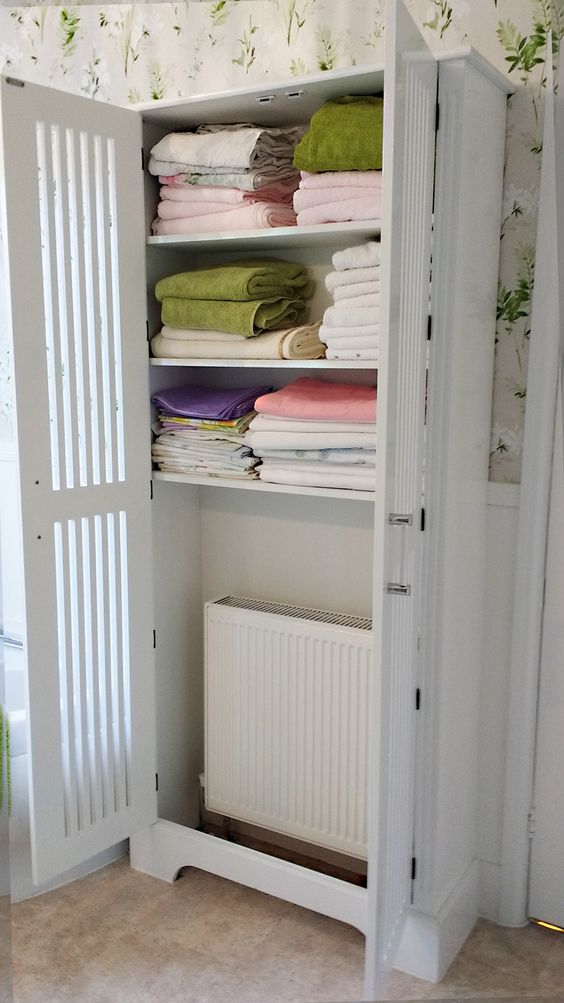Radiators are a funny old thing. They just sort of sit in the background and get on with their job unencumbered. It’s only when things start acting up, or they don’t get a room as warm as it could be, that we take stock of our radiators.
Whenever anything goes wrong, what’s the first thing we all tend to do? If you kick your radiator (which you really shouldn’t), you’re off the mark. Most people will lean over, touch the radiator in a few spots, and then have a fiddle with the valve. Even if you don’t have a clue how it works, we’ve all been in the position of turning it back and forward like we know what we’re doing.
When a valve is on the fritz, or you’re looking to switch from a manual valve to a shiny new thermostatic or smart model (trust me, they’re a game-changer), you’ll need to know what radiator valve you have. Looking at your valve now and can’t tell what it is? No need to worry. I’m going to quickly break down the three main types of radiator valves there are by shape, and when you need each one. Before you know it, you’ll be a radiator valve master.
What types of radiator valves are there?

I’m not getting into thermostatic dual-fuel as that’s another topic for another day, but as it stands, there are three primary types of radiator valve:
- Angled
- Corner
- Straight
Here is what you need to know about each one, and when you need them.
Angled radiator valves
Angled is first, and that’s ideal as the majority of us will use angled valves. All valves meet a radiator at an angle, so why even call these “angled” valves? If we had a time machine and could go back, it would be best to call these “vertical right angle adjoining valves”, but it just doesn’t have the same ring to it.
An angled valve is needed when your pipes come out of the floor, and your radiator has a side entry. You need to make the two meet at a vertical to horizontal 90° connection. It essentially makes a right angle when you look at it, and that’s probably why it got the name.
Angled valves come in all shapes, sizes, and colours. I recommend looking at this range of angled valves from Trade Radiators as an example of just how varied these valves can be.
Corner radiator valves
The least common radiator valve, but still a common sight, corner valves are what I like to call a devious valve. They’re much more subtle and usually have the shortest connection, as they need the radiator to meet the pipe when it comes out of the wall, almost suspiciously like it’s trying to hide something.
You need to make a horizontal 90° connection head-on, which has the benefit of giving you some free floor space or at least makes it easier to hoover around the radiator. Corner valves can look great, especially if you can find a minimally styled thermostatic valve that matches the colour of your pipes.
Straight radiator valves
Quite surprisingly, straight valves weren’t really a thing a few years ago. It wasn’t until people started buying towel rails for the bathrooms and other spaces that straight valves become a hot product. I like a simple straight valve because it provides a clean entry and can be surprisingly easy to install. With there being no angles at play, it is usually a case of lifting and popping in place.
When it comes to choosing a straight valve, I’d err on the side of caution and go for one with a short and thin top. You don’t want a valve that juts out, or you’re asking for something to hit your shin off every time you walk by.
Want to get radiators working effortlessly?
You’ll want to read this post on how to get your radiators looking and working their best, and you’ll quickly become the radiator expert in your home. And don’t forget to visit the tutorials and DIY section for tips on improving pretty much anything around the house. Thanks to Trade Radiators for collaborating.


























